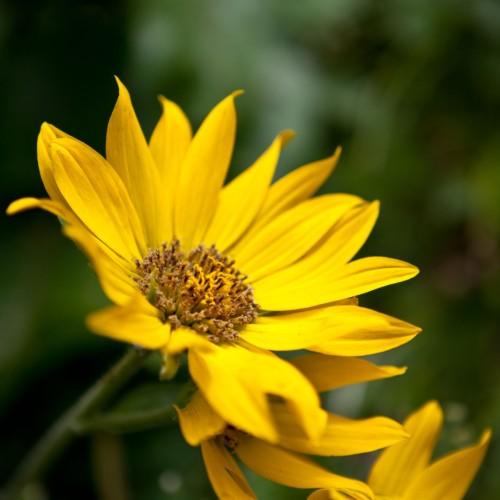
Deltoid Balsamroot
Balsamorhiza deltoidea
Watering:
Frequent
Hardiness Zone:
Sun:
full sun,part shade
Leaf:
Yes
Growth Rate:
Low
Drought Tolerant:
Yes
Salt Tolerant:
Yes
Care Level:
Medium
watering
When it comes to watering, Black Horehound should be watered moderately, so that the soil stays lightly moist. This plant prefers to be watered regularly, so it is best to water this plant once a week. However, if the soil appears to be getting too dry, an extra irrigation may be required. As a general rule, it is best to avoid overwatering, and water only when the top few inches of soil feels dry.
sunlight
Black Horehound is a shade-tolerant plant species. It requires at least 6 hours of daily sunlight, preferably early in the day. This plant does best when it receives full morning sun and some afternoon shade. Direct, hot afternoon sunshine can be too much for this plant. Pruning is generally not necessary but may be done to keep the plant in good shape. During the summer, Black Horehound should be protected from strong winds and excessive dryness.
pruning
Black Horehound, a spreading herbaceous perennial, should be pruned regularly to promote a bushier and more compact growth habit. To achieve this, pruning should take place in early spring, when new growth appears. Prune selectively, removing as much as 1 third of the stems at a time, taking care not to disrupt the natural shape of the plant too much. After pruning, thin out the remaining stems to prevent overcrowding and improve air circulation. If the plant starts to lose its shape or vigor, pruning can be done again in mid-summer.
